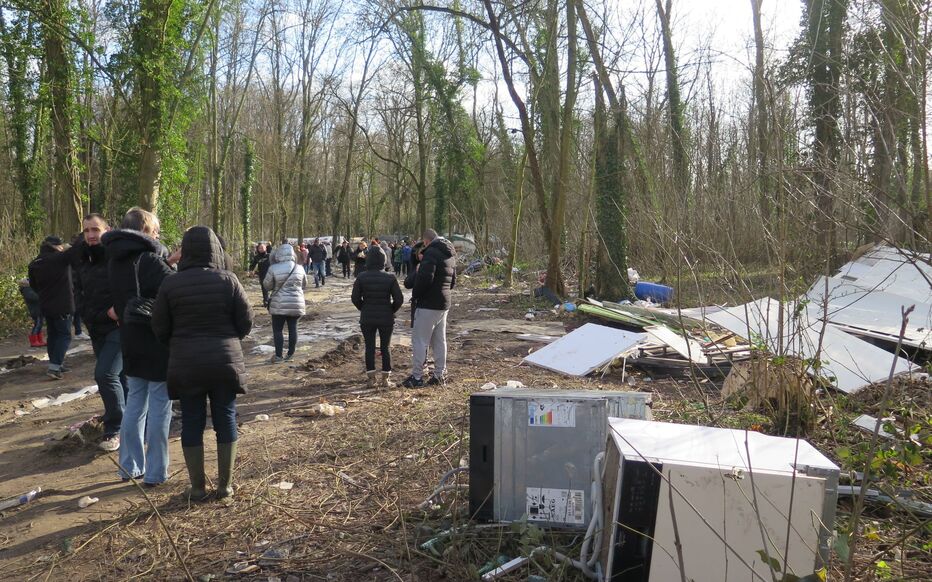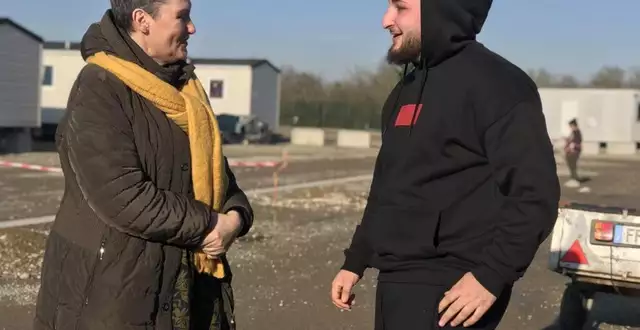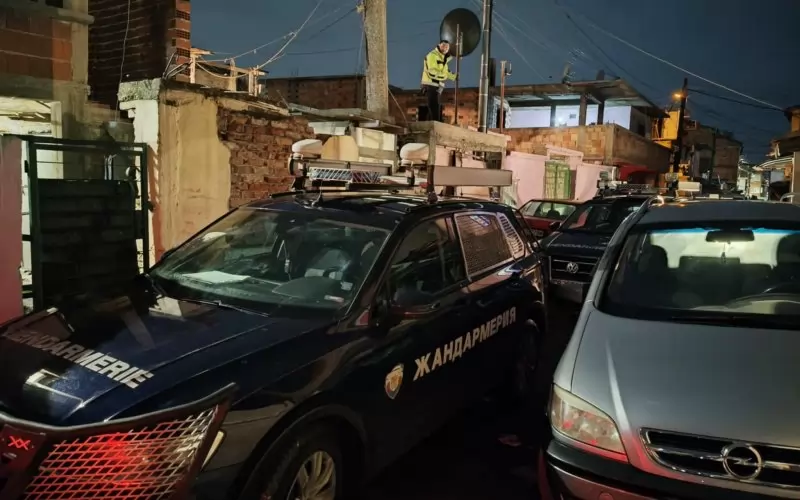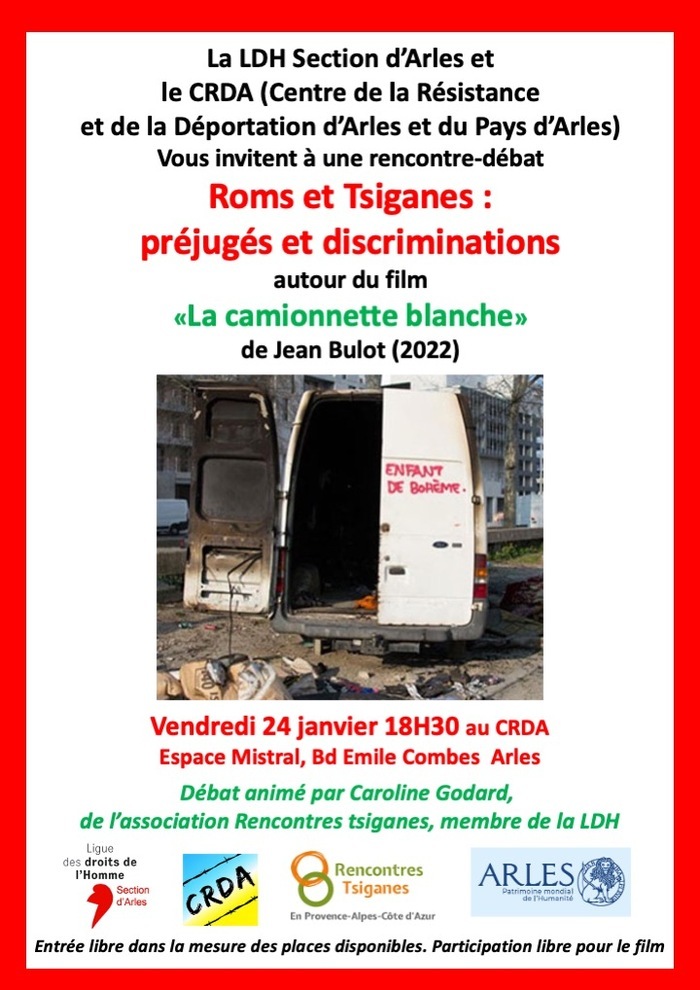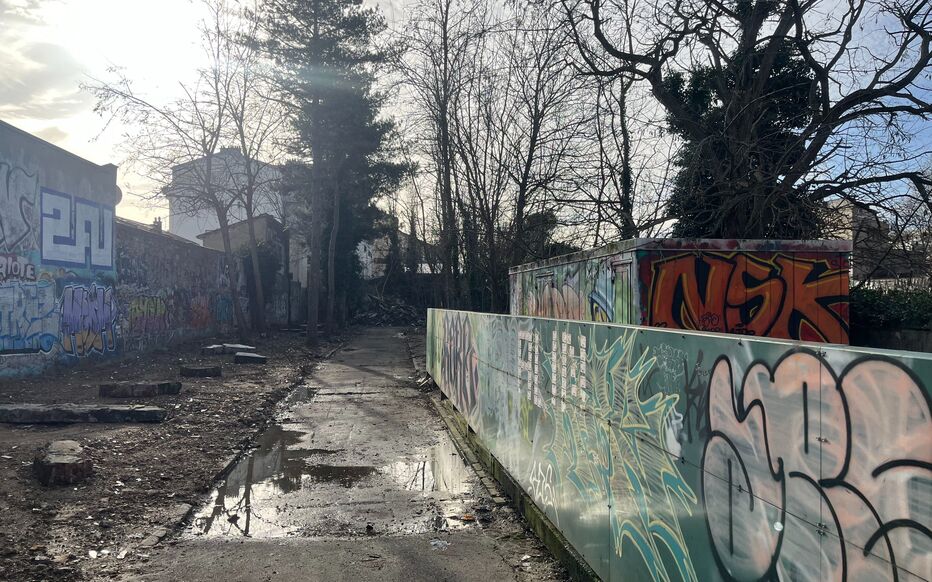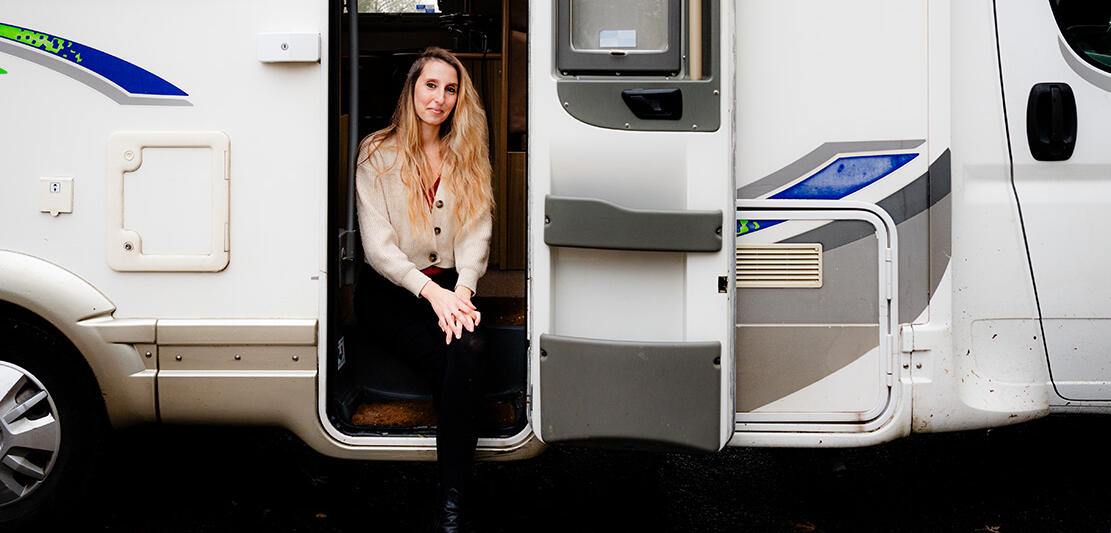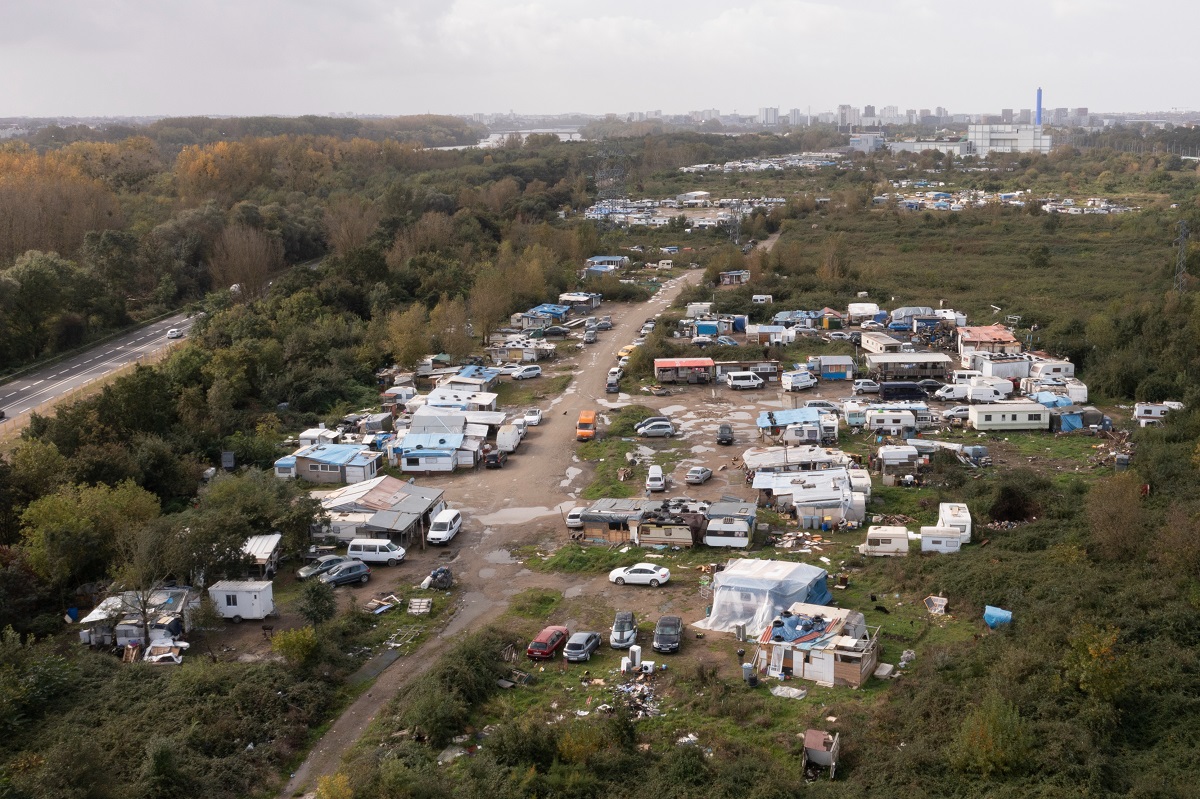During 2012, the photographer Hervé Lequeux spent four months in three French Rroma camps in the Paris region. His work shows the everyday life of immigrant Rroma, their misery, the life with modest means, the sale of second hand items in flea markets and some begging. He encountered only very few representatives of aid agencies or the government during his four-month study. He states that the Rroma are mainly left to themselves. One of the camps visited by Lequeux has already been evicted. The other two still exist, for the time being. With his photographs, Lequeux gives an emphatic look at the simple life in the slums, but at the same time reproduces stereotypes of impoverished, poorly educated, begging Rroma, who burden the French social system. He would have helped Rroma to successfully integrateif he had made a reportage about the integrated, invisible Rroma of France, a fact that doesn’t come to his mind. However, is clear to him that the immigrant Rroma do not voluntarily live in miserable conditions, as is assumed by some conservative politicians, but would like to integrate if they could so: “They want to live as the French do. They want a house, a car, that’s all” (Lindell 2014).
Mathieu Pernot – in his exhibition – also focuses on the visible Rroma of France. With his camera, he accompanied Rroma living in a settlement near Arles. The photos are of an aesthetic brilliance, but it wouldn’t hurt if the photographer ad a bit more political awareness. The demonstration of misery alone, even when borne with dignity, does not help to change the socio-political discourse (Paris Match 2014).
- Lindell, Henrik (2014) Roms, le peuple des autoroutes. In: La Vie online vom 18.2.2014. http://www.lavie.fr/medias/diaporamas/roms-le-peuple-des-autoroutes-06-09-2012-30549_76.php
- Paris Match (2014) Mathieu Pernot: “J’ai le façon dont les roms se tiennent debout“. In: Paris Match online vom 13.2.2014. http://www.parismatch.com/Culture/Art/Mathieu-Pernot-J-aime-la-facon-dont-les-Roms-se-tiennent-debout-548191
